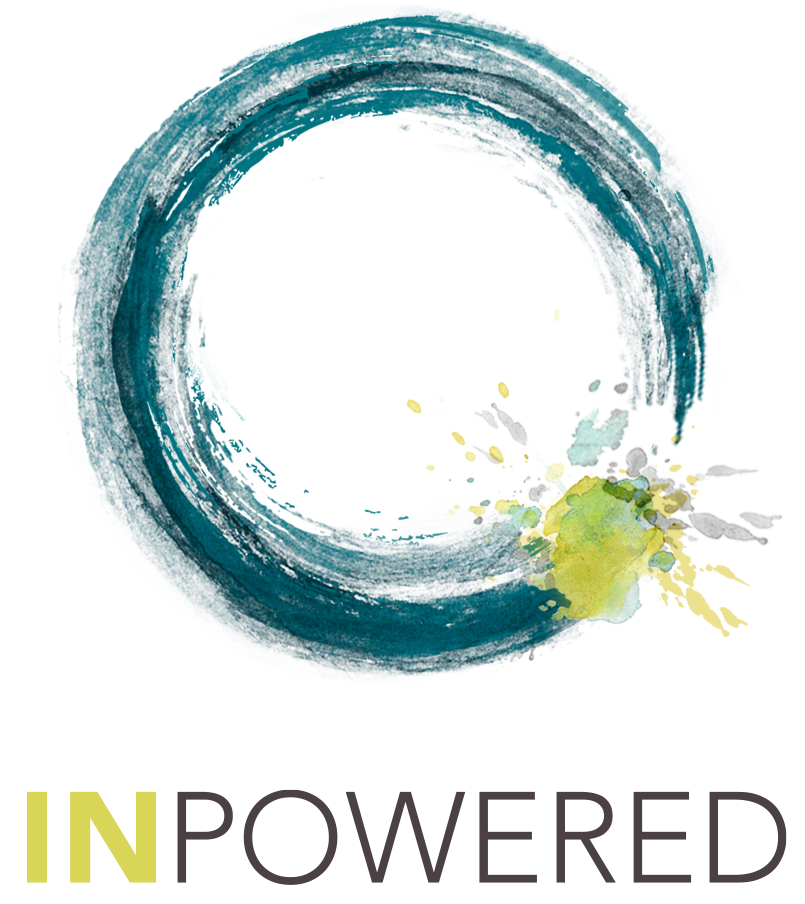Understanding Religious Trauma
Written By: Kelsee Costanza, LCPC
Religion and spirituality are sensitive topics, often not not discussed outside of family. Addressing religious trauma and spiritual abuse, then, is an understandably tender process as these topics may carry the weight of feeling taboo and painful alongside the confusion of feeling hurt by something that is meant to help. As you read on, you may notice sensations, emotions, and thoughts arising, especially if these experiences resonate with you. Know that you are not alone and there are resources available for healing.
What is religious trauma?
To understand what religious trauma is, it’s helpful to understand what trauma is more broadly. Trauma is the response that your nervous system has to an event - not the event itself. So, although people may experience the same event(s), their nervous systems will respond in different ways. Additionally, it is important to distinguish between “shock trauma” and “complex / developmental trauma.” Shock trauma results from a particular event (e.g., car accident, assault, natural disaster) in which the nervous system experiences “too much, too fast, and too soon.” Complex trauma, however, results from ongoing abuse or neglect, typically at the hands of a caregiver, over an extended period of time. In this case, the nervous system can also experience “too little” and for “too long.” Religious trauma falls under the category of complex trauma because the experiences are typically ongoing and involve multiple events.
With our understanding of what trauma is, we can better understand the definition of religious trauma. Religious trauma is the physical, emotional, or psychological response to “events, relationships, or circumstances…connected to religious beliefs, practices, or structures that is experienced by an individual as overwhelming or disruptive and has lasting adverse effects on a person’s physical, mental, social, emotional, or spiritual well-being.”
How does it happen?
Some religious systems are rooted in dynamics of power and control; these dynamics can be subtle and hard to identify, especially when simultaneously experiencing the positive benefits of the system, e.g., connection, meaning/purpose, hope, etc. Additionally, the individual elements may not seem that harmful on their own, but in combination, they create a controlling environment in which people are expected to follow certain rules or face consequences, while becoming increasingly dependent on the system and decreasingly self-reliant.
Some examples of power and control dynamics in religious systems are:
Isolating from those outside of the religious system and increasing commitment to relationships and activities within the religious system
Denying that harm happened or minimizing the severity of it
Using shame/guilt as a motivator to meet unrealistic expectations
Villainizing self-care as being prideful or selfish
Forbidding questioning of authority, deity, and/or sacred texts
Threatening abandonment or exclusion by the group/community
Requiring submission to authority
Discouraging critical thinking and intuition
Invalidating and suppressing emotions
Requiring financial investment in the religious system
Promoting rigid gender roles and suppressing sexuality
Emphasizing binary thinking and “othering,” e.g., secular vs. religious, “believers” vs. “non-believers”
Again, these things are not happening in isolation. They are typically happening alongside positive experiences such as feeling a sense of acceptance and belonging, deriving meaning from feeling connected to something greater than oneself, [and the idea that other people/deity know what’s best for you and will guide you]. These positive experiences are so impactful that harmful ones can be overlooked or contextualized within the context of the positive, e.g., submitting to and not questioning authority is good because they know what is best and are looking out for you.
What are the effects of experiencing religious trauma?
The way trauma manifests will vary from person to person. Some common signs and symptoms of religious trauma are:
Cognitive - difficulty making decisions, “black-and-white thinking,” identity confusion, perceived helplessness, dissociation, spiritual cynicism
Emotional - invalidation of feelings, avoidance of emotions, difficulty with empathy, anxiety / panic, hypervigilance, obsessive thoughts, depression, shame and guilt
Functional - physical health concerns, sexual dysfunction, addictive behaviors, neglectful of self-care, self-harm
Social - enmeshment / low differentiation of self, poor personal boundaries, issues with authority figures, social anxiety, social isolation
Developmental - anxious or avoidant behaviors; fear of abandonment; impaired development of cognitive, emotional, and social skills
What support or resources are available?
Individual therapy with a trauma-informed clinician
Kelsee Costanza, LCPC at InPowered is available
Directory of other clinicians who are experienced with religious trauma
Reclamation Collective offers several virtual support groups
Books about trauma, religious trauma, and spiritual abuse
Podcasts that address trauma, religious trauma, and adverse religious experiences
